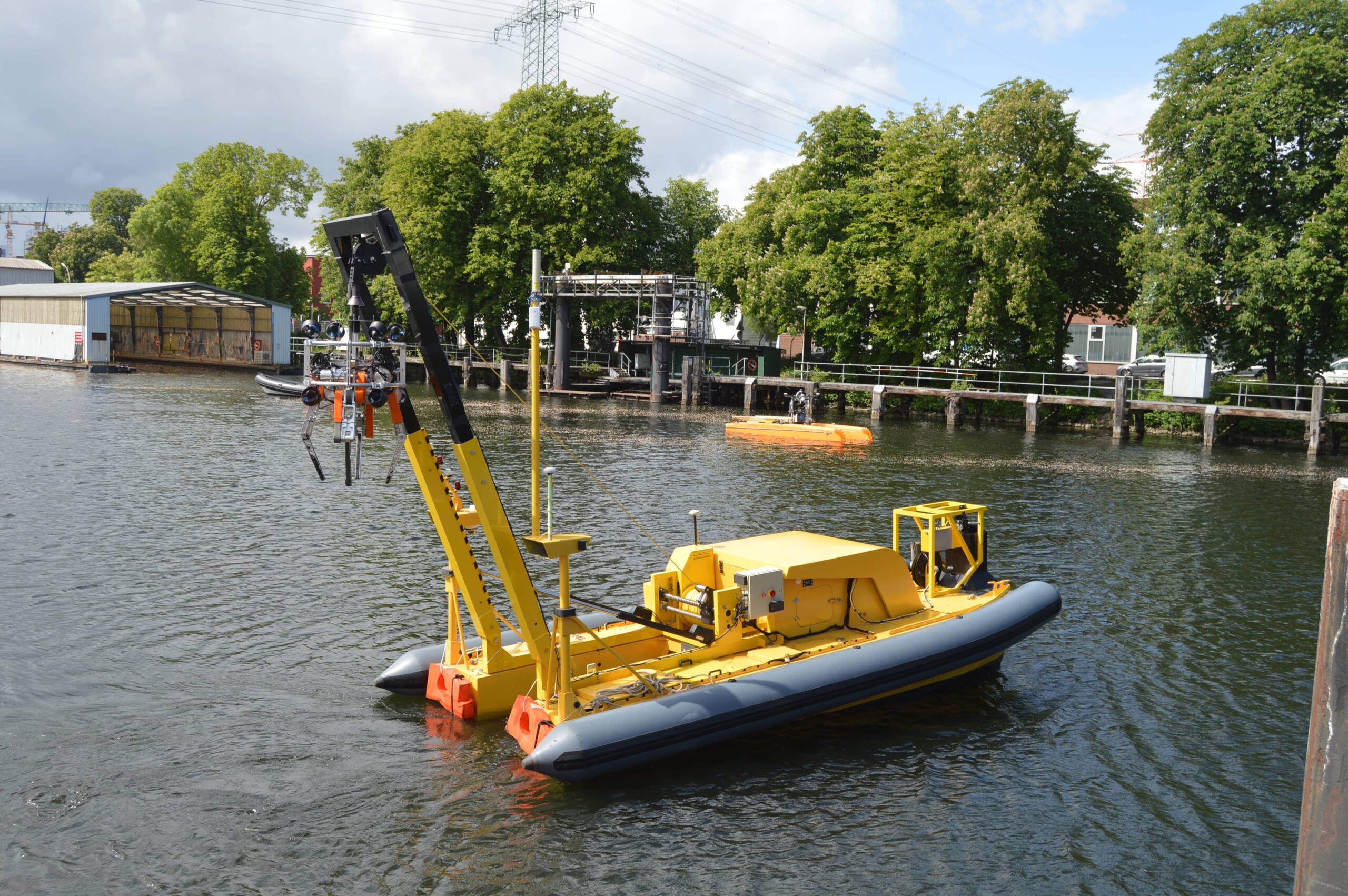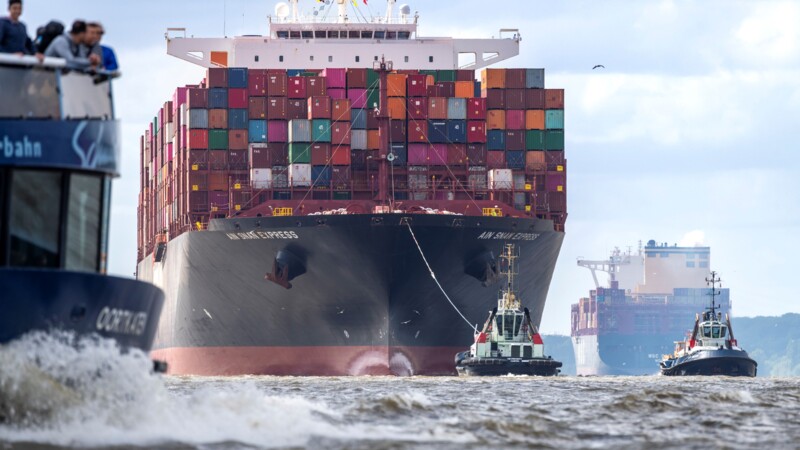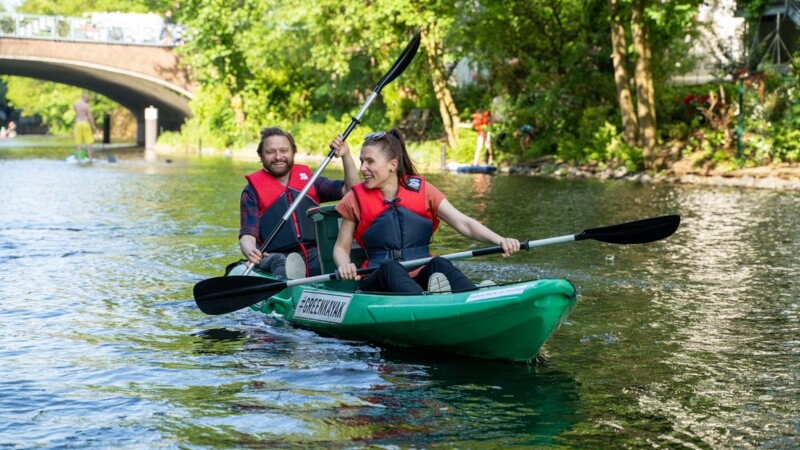An international team involving the Hamburg Port Authority (HPA) and the Fraunhofer CML among others has been working on the Sea Clear project since 2020. The first model was presented in 2022 and has since undergone further development and expansion. "SeaClear2.0 uses state-of-the-art technologies to combat plastic waste in the waters," said Lennart Kinau, Head of Strategy and Communication at HPA."Even though we do not face the same waste recovery challenges as in the oceans, Sea Clear 2.0 gives us the chance to improve the efficiency of our port infrastructure and procedures, e.g., by addressing disturbances in the water or using sensor technology more effectively."
Tests of Sea Clear 2.0 are underway in the Port of Hamburg, a press release said (May 22, 2025). The autonomous robotic systems uses a mix of underwater and surface vehicles and drones to identify, categorize and recover plastic waste on the surface of the water and on the seabed thanks to artificial intelligence and high-resolution sensors. Unlike its predecessor, the new system can retrieve heavier foreign objects from deeper waters and is accompanied by the Sea Dragon boat to bring waste ashore autonomously .
Key findings

Rubbish removal
An estimated 25 million tonnes of plastic waste dot the oceans worldwide, according to the Sea Clear team while the Geomar Helmholtz Centre for Ocean Research Kiel puts the figure at up to 100 million tonnes. The Technical University of Munich (TUM) is also involved in the project. Stefan Sosnowski, Project Manager at TUM, said: "The great thing about SeaClear2.0 is that we can conduct cutting-edge research and benefit the environment at the same time" The latest test also included a workshop with authorities, research institutions, various organisations and industry to come up with means of preventing waste.
yes/kk/pb
Sources and further information
SeaClear
Begun in 2023, the Sea Clear2.0 project is funded by the European Union as part of its "Restore our Oceans and Waters" mission through 2026. The project aims is to develop a fully automated system for detecting and recovering marine litter. This system will consist of drones, unmanned surface vehicles, remote-controlled underwater robots (ROVs), and an intelligent gripper arm.
More
Similar articles

International boost for Port of Hamburg

Drones hold huge potential for Hamburg

Green Kayak presents improved results for 2024
